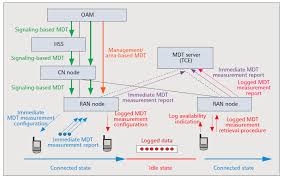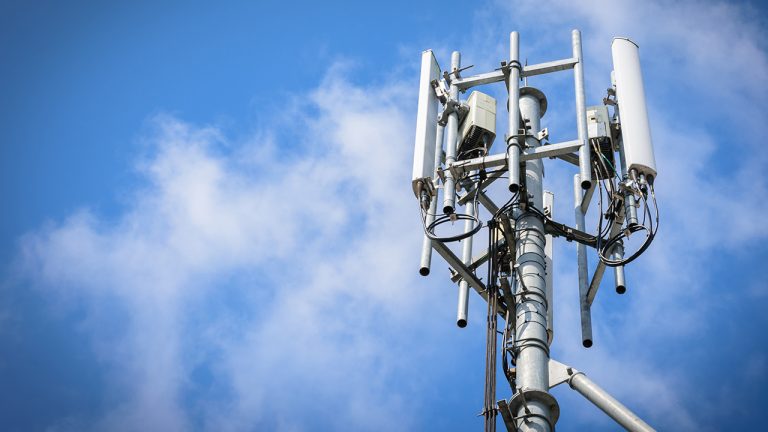V2R (Vehicle-to-Roadside): How Smart Infrastructure Enhances Traffic Safety
telcomatraining.com – In the era of smart transportation, Vehicle-to-Roadside (V2R) communication plays a crucial role in enhancing traffic safety and efficiency. V2R technology enables vehicles to communicate with roadside infrastructure, such as traffic signals, road sensors, and digital signage, to exchange critical information. By leveraging real-time data, V2R enhances road safety, optimizes traffic flow, and reduces congestion. This article explores the significance of V2R technology, its benefits, and its impact on future transportation systems.
Understanding V2R Technology
Vehicle-to-Roadside (V2R) communication is a subset of Vehicle-to-Everything (V2X) technology that facilitates seamless interaction between vehicles and roadside units (RSUs). These RSUs are equipped with sensors, cameras, and wireless communication modules that collect and transmit real-time traffic data. V2R operates using dedicated short-range communications (DSRC) or cellular vehicle-to-everything (C-V2X) technology, ensuring reliable and low-latency data exchange.
Benefits of V2R in Traffic Safety
1. Accident Prevention
One of the primary benefits of V2R technology is accident prevention. Real-time alerts from roadside infrastructure notify drivers of potential hazards, such as sudden traffic slowdowns, roadblocks, or pedestrian crossings. This allows drivers to take necessary precautions, reducing the risk of collisions.
2. Improved Traffic Flow
V2R technology enhances traffic management by optimizing signal timing and reducing bottlenecks. Smart traffic signals adjust their timing based on real-time data, ensuring smooth traffic flow and minimizing unnecessary stops. This reduces delays and enhances overall road efficiency.
3. Emergency Response Efficiency
In case of an accident or emergency, V2R systems provide immediate alerts to emergency services, allowing faster response times. Additionally, smart infrastructure can create green corridors for emergency vehicles, reducing delays and potentially saving lives.
4. Pedestrian and Cyclist Safety
V2R technology extends beyond vehicle safety to protect pedestrians and cyclists. Smart crosswalks equipped with sensors can detect pedestrians and alert nearby vehicles. This is particularly beneficial in urban environments with high foot traffic.
The Role of AI and Big Data in V2R
Artificial Intelligence (AI) and Big Data analytics play a significant role in optimizing V2R technology. AI-powered algorithms analyze massive amounts of traffic data to predict congestion patterns, detect anomalies, and recommend optimal traffic management strategies. Additionally, machine learning models continuously improve V2R efficiency by adapting to changing road conditions.
Challenges and Future Developments
Despite its numerous advantages, V2R technology faces several challenges:
- Infrastructure Investment: Deploying V2R systems requires significant investment in roadside units, sensors, and connectivity infrastructure.
- Data Security and Privacy: Ensuring secure data transmission and preventing cyber threats is crucial for the widespread adoption of V2R technology.
- Standardization: Developing standardized communication protocols is essential to ensure interoperability between different vehicle manufacturers and smart infrastructure providers.
As technology advances, the future of V2R looks promising. Governments and transportation agencies worldwide are investing in smart infrastructure to enhance road safety. With continued advancements in AI, 5G connectivity, and autonomous vehicles, V2R will play an increasingly vital role in shaping the future of intelligent transportation systems.
Conclusion
V2R (Vehicle-to-Roadside) technology is revolutionizing traffic safety by enabling real-time communication between vehicles and roadside infrastructure. By preventing accidents, optimizing traffic flow, and enhancing emergency response, V2R contributes to safer and more efficient roadways. As smart infrastructure continues to evolve, the integration of AI, Big Data, and 5G will further enhance the capabilities of V2R, paving the way for a smarter and safer transportation ecosystem.







